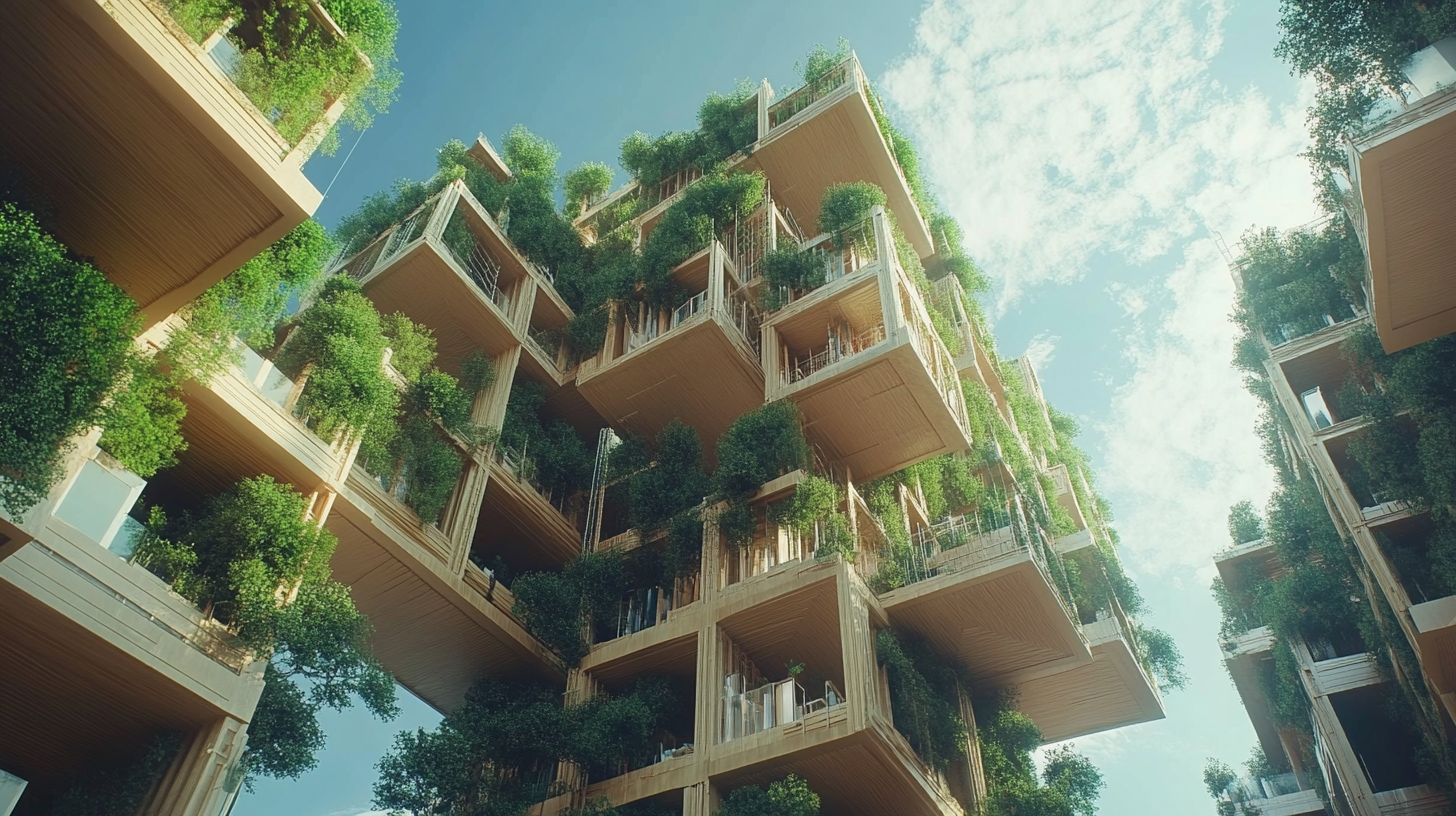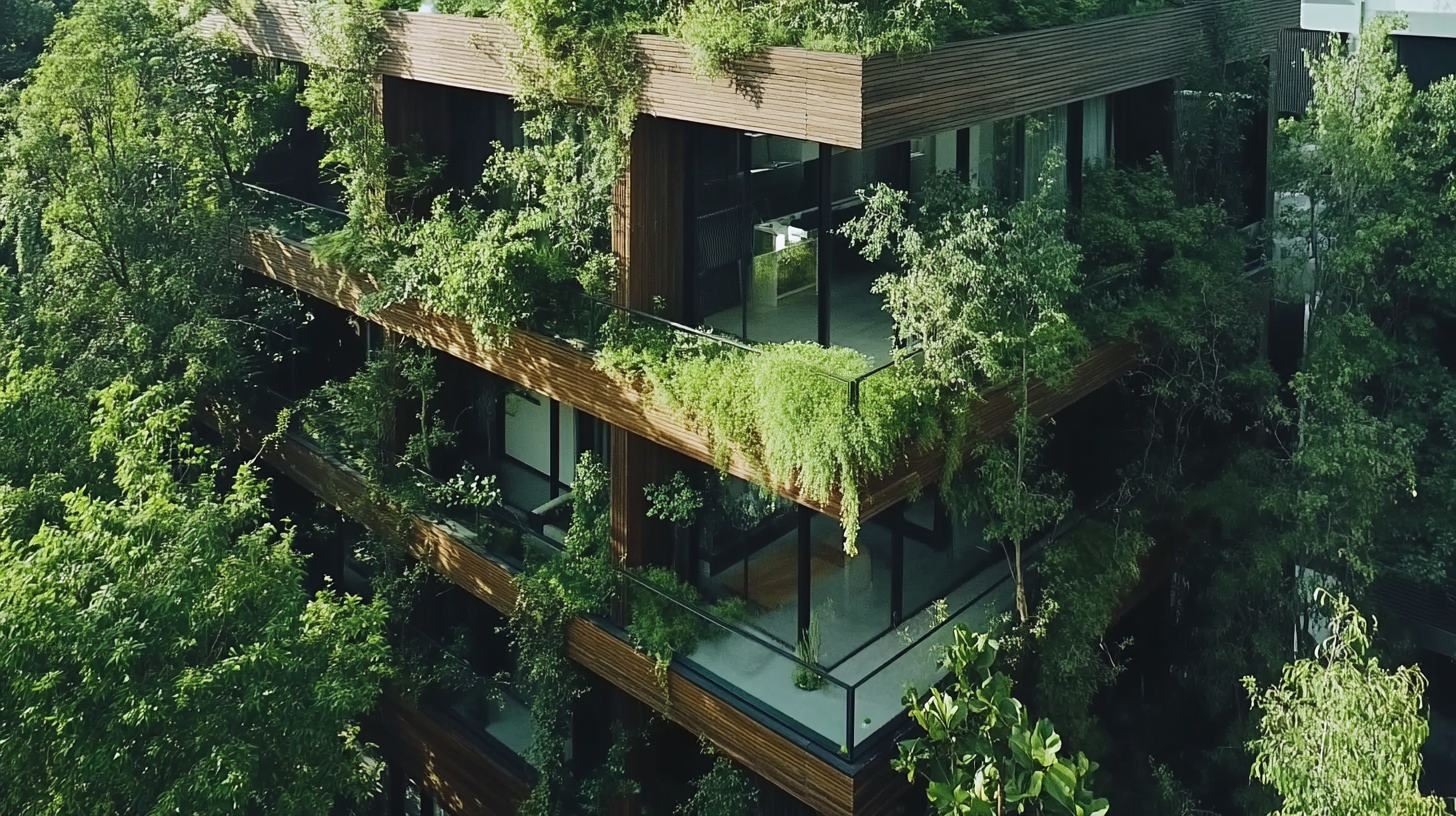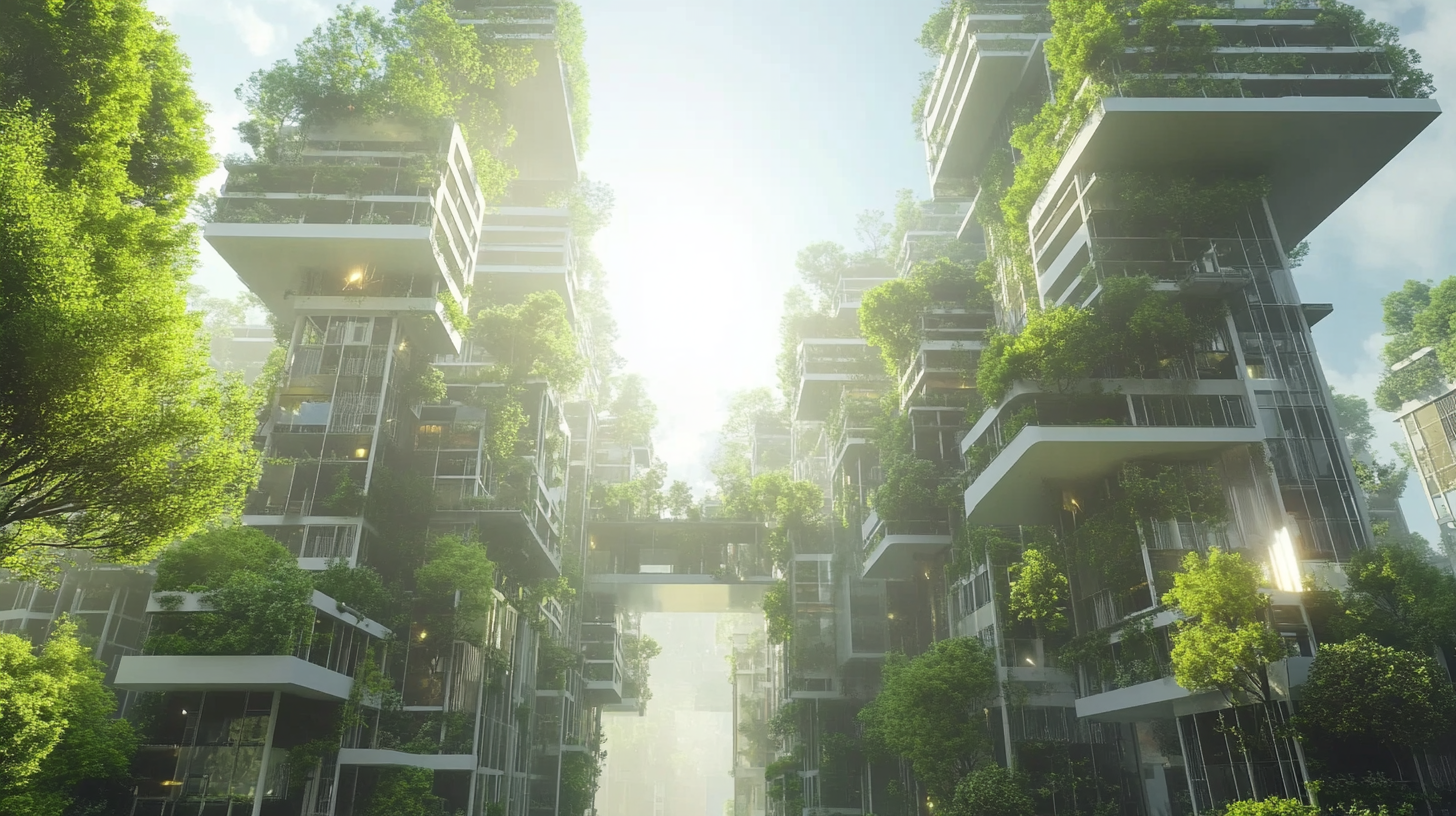Natural beauty for your favorite space
Envisioning Tomorrow: Innovative Perspectives on Sustainable Building Materials in Architecture
In an era where environmental concerns are at the forefront of public consciousness, the architecture industry is undergoing a transformative shift towards more sustainable practices. At the heart of this transition lies the concept of sustainable building materials architecture, which emphasizes the use of eco-friendly resources that not only minimize environmental impact but also enhance the quality and longevity of building structures. As architects and builders seek innovative solutions to reduce carbon footprints and promote ecological balance, the exploration of sustainable materials has become essential in reshaping our built environment.
This blog delves into the myriad of innovative perspectives surrounding sustainable building materials architecture, highlighting cutting-edge technologies and practices that are paving the way for a greener future. From the integration of recycled substances to the use of renewable resources and the adoption of biophilic design principles, this exploration reveals how thoughtful material selection can drive significant change. Together, we will envision how sustainable building materials can redefine not just individual buildings, but entire communities, ultimately leading us towards harmonious living spaces that respect and coexist with nature.

Redefining Materials: The Role of Biomimicry in Sustainable Architecture
Biomimicry is reshaping sustainable architecture by allowing architects to draw inspiration from nature's time-tested patterns and strategies. This innovative approach not only enhances aesthetic appeal but also addresses critical sustainability challenges. According to a report by the World Economic Forum, buildings account for around 39% of global carbon emissions, highlighting an urgent need for sustainable practices in construction. By mimicking natural processes, architects can develop materials that are more efficient, sustainable, and environmentally friendly. For instance, researchers have explored how termite mounds maintain temperature regulation, leading to the development of passive climate control systems in buildings. This biomimetic inspiration can significantly reduce energy consumption, with studies indicating that buildings designed with such principles can save up to 50% in heating and cooling costs. Moreover, materials like mycelium, derived from fungi, are being utilized for their biodegradable properties and structural integrity, marking a shift towards more responsible sourcing and waste reduction in architecture. The intersection of technology and biomimicry is paving the way for innovative materials that promise durability while minimizing ecological footprints. The use of these materials is gaining traction; a report from the Global Alliance for Buildings and Construction underscores that employing sustainable materials could reduce lifecycle greenhouse gas emissions from buildings by up to 70%. As the architectural landscape continues to evolve, biomimicry stands at the forefront, pushing the boundaries of what is possible in sustainable construction practices.

Innovative Techniques: Upcycling Waste into High-Performing Building Solutions
Upcycling waste into high-performing building solutions is an innovative technique that is rapidly gaining traction in the field of architecture. As the construction industry seeks sustainable alternatives to traditional materials, designers and builders are turning to the creative repurposing of waste products. This approach not only minimizes landfill contributions but also introduces unique textures and properties into building designs. By transforming discarded materials into valuable resources, architects are able to create structures that tell a story—one of resourcefulness and environmental stewardship.
One remarkable example of upcycling in architecture is the use of reclaimed wood and metal. These materials, often seen as waste, can be reimagined into stunning architectural features, from intricate facades to rustic interiors. By carefully selecting and treating these materials, architects enhance their durability while retaining their inherent character. Additionally, innovative techniques such as incorporating recycled glass, plastic, and even textiles can provide insulating properties or structural support, redefining perceptions of material performance in building.
Moreover, upcycling fosters a circular economy within the construction industry. By reusing waste, builders can reduce costs and lower the carbon footprint associated with the extraction and production of new materials. This not only represents a shift towards environmentally responsible practices but also inspires a design philosophy centered around sustainability and community engagement. As architects embrace these innovative approaches, the future of building materials looks brighter, paving the way for greener, more resilient urban landscapes.

Biodegradable Options: Exploring the Future of Eco-Friendly Construction Materials
In the quest for a sustainable future, the construction industry is increasingly turning towards biodegradable options that marry functionality with environmental consciousness. The emergence of materials like mycelium-based "mushroom leather" reflects a significant shift in how we conceptualize building resources. This innovative material, derived from the root structure of fungi, not only provides durability but also emphasizes the necessity of reducing our carbon footprint in the construction process. As we explore these materials, the architectural landscape is being reshaped, promising not only aesthetics but also a commitment to sustainability.
Another noteworthy development in biodegradable materials is the use of geosynthetic materials. These play a crucial role in soil reinforcement, particularly in areas prone to erosion or unstable soil conditions. Beyond their practical applications, they contribute to eco-friendly construction by providing a method for improving land stability without resorting to harmful chemicals or unsustainable practices. This dual benefit of functionality and environmental stewardship positions geosynthetics as a vital component in the future of green construction.
Moreover, the integration of recycled materials such as bamboo and bioplastics is gaining momentum. These materials not only reduce waste but also offer inventive solutions that fulfill the growing demand for sustainable architecture. As the construction landscape evolves, the emphasis on innovation and eco-friendliness will continue to drive the adoption of biodegradable options, paving the way for a future where sustainability is not just an option, but a fundamental principle within the industry.

Smart Technologies: Integrating IoT for Sustainable Material Management
The integration of smart technologies into the management of sustainable building materials is transforming the architectural landscape. By leveraging the Internet of Things (IoT), architects and builders can monitor, manage, and optimize material usage in real-time. This not only minimizes waste but also enhances the overall efficiency of construction processes. For instance, smart sensors can track the lifespan and environmental impact of materials, providing invaluable data that can guide future projects toward more sustainable choices.
Moreover, IoT technology facilitates better communication between various stakeholders in a construction project. By enabling seamless data exchange among architects, contractors, and suppliers, smart technologies can streamline the procurement process, ensuring that sustainable materials are sourced and used effectively. This interconnected approach fosters a collaborative environment where innovative solutions can flourish, ultimately leading to structures that are not only visually appealing but also environmentally responsible.
The ability to collect and analyze data through IoT also extends beyond the construction phase. Inhabited buildings equipped with smart systems can monitor their energy and resource consumption, providing insights that can lead to further enhancements in sustainability. This continuous feedback loop not only supports the ongoing management of building materials but also empowers architects to design spaces with a lower carbon footprint, paving the way for a greener future in architecture.
Community-Centered Design: Engaging Local Resources in Sustainable Projects
The intersection of architecture and community-centered design is a burgeoning field that highlights the importance of local resources in sustainable building projects. By engaging with the community, architects and designers can utilize materials that are not only environmentally friendly but also culturally significant. This approach fosters a sense of ownership and pride among residents, as they see their local landscape and resources reflected in the design of their neighborhoods.
Integrating locally sourced materials into sustainable architecture not only reduces the carbon footprint associated with transportation but also supports the local economy. Whether it’s reclaimed wood from a nearby old barn or clay harvested from local soil, these materials tell the story of a place and its people. By embracing these resources, architects can create spaces that resonate with the community, ensuring that buildings are not purely functional but also imbued with a sense of identity.
Moreover, community-centered practices encourage collaboration and dialogue among stakeholders. Engaging local artisans in the design process nurtures traditional skills and crafts, which can enhance the aesthetic value of a project. This collaborative spirit also plays a vital role in educating community members about sustainable practices, thereby fostering a culture of sustainability that extends beyond individual projects. In this way, sustainable building materials become a catalyst for change, inspiring communities to embrace their unique resources and ecological responsibilities.

